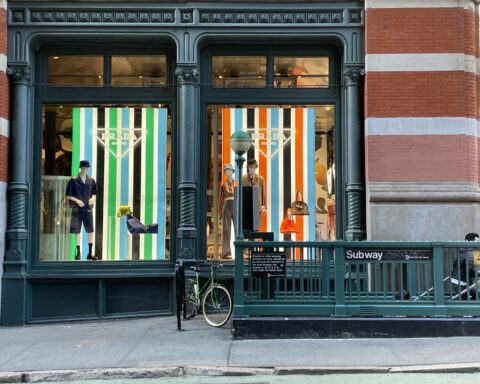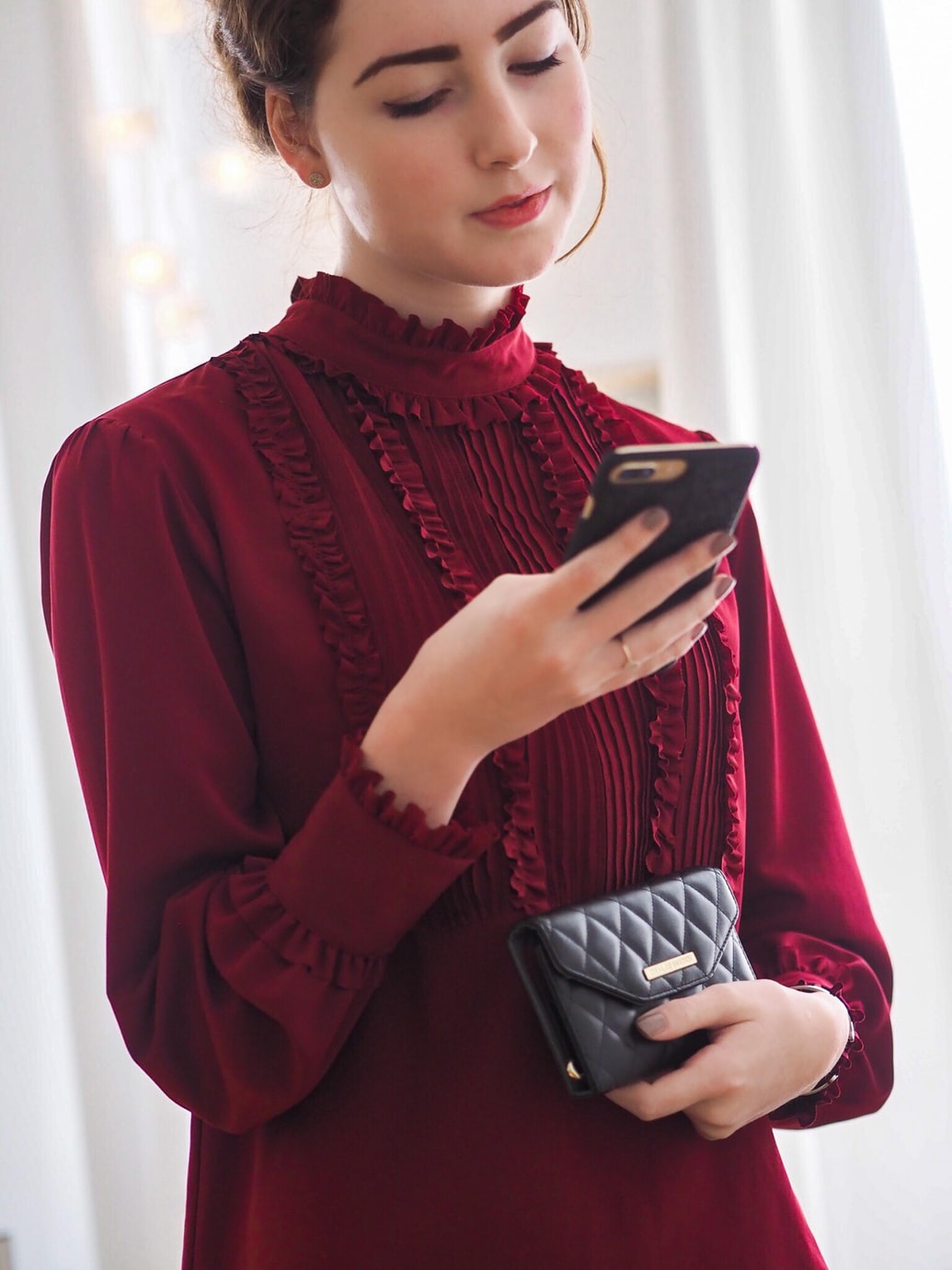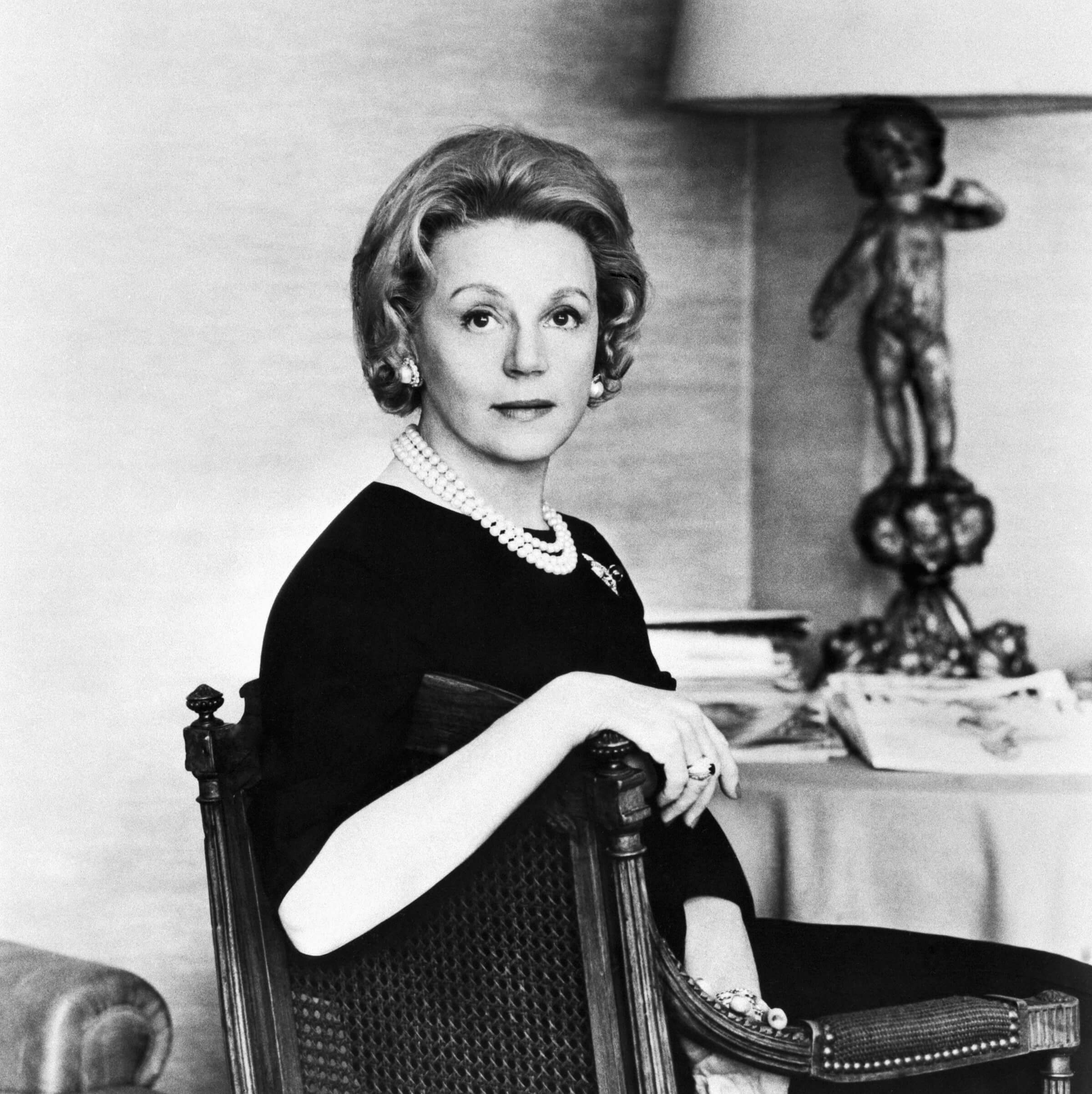
With so much controversy surrounding Meta (let’s call them Meta-Facebook) these days, it begs the question: how much longer can Instagram hold on as the leading social media voice for the fashion industry?
Instagram entered the public lexicon as an iPhone-only app in October 2010, and it was received well by users. So well, in fact, that Mark Zuckerberg’s Facebook purchased it in April 2012 – eighteen months after its inception.
Fast forward to today, and the fashion industry has seemingly been searching for alternatives to Instagram usage. The audio app Clubhouse, for example, launched in April 2020 as an iOS app. The app’s success can arguably be attributed to having caught lightning in a bottle with respect to its timing: we were all stuck at home during the beginning of the pandemic and needed an exciting way to remain connected while in isolation. Clubhouse also successfully stoked a strong sense of FOMO (fear of missing out) in the general population, as the app was originally invitation-only. Fashion loves a good opportunity to engage in exclusive activities, so entrance onto the app was a natural fit for industry figures. Whether or not Clubhouse’s popularity will continue is questionable; the app has seen a decrease in usage recently. It still remains as an option for those wanting to escape Instagram, however.
The rise of TikTok has been another existential threat to Instagram. Mark Zuckerberg even admitted as much in a discussion recently with Wall Street analysts regarding quarterly earnings. TikTok is the new playground of the young, and fashion is nothing if not an endless pursuer of eternal youth. TikTok usage with the Gen Z population leapt from 19.8 million in 2019 to 37.3 million in 2021. Comparatively, Instagram’s usage among the same demographic only rose from 26.1 million to 33.3 million in that time frame. That number should be unsettling to the American-based social media giant.
One look at current posts on TikTok of popular fashion hashtags reveals that the fashion industry needs to take note of the app’s influence – and many have done so. Here’s a sampling of twelve fashion hashtags on the platform, along with the number of views on videos that feature them:
#Fashion: 122.2 billion
#FashionTips: 2.3 billion
#FashionHacks: 6.7 billion
#FashionTok: 2.8 billion
#FashionTrends: 626.3 million
#FashionShow: 1.8 billion
#FashionDesigner: 1.7 billion
#FashionTikTok: 10.8 billion
#TikTokFashion: 23.1 billion
#FashionWeek: 3.7 billion
#SustainableFashion: 1.8 billion
#FashionHistory: 618.2 million
When one considers that the demographic makeup of TikTok users skews toward the younger side and that those same users are clearly interested in fashion and fashion-related knowledge & content, one can see that the Chinese-owned social media company is a formidable opponent with respect to grabbing hold of the hearts of those in the fashion industry.
Something else to be considered is the ferocity with which Zuckerberg is chasing his passion of the metaverse. He loves the concept so much that he has all but staked the future of his company on it. He even renamed his company Meta, which is true dedication. Recently, however, it was revealed that the company’s stock melted in value after a weak earnings report sent Wall Street into a panicked frenzy. Moreover, it has not been proven that the metaverse is either wanted or desired by the general public. The metaverse could very well end up being a very expensive mistake for Meta while its current core products continue to lose users to other platforms more suitable to fashion’s current aims.
With this all being said, Instagram has done much to groom its relationship to the fashion industry. It hired former Lucky editor-in-chief, Eva Chen, in 2015 to fulfill the role of Director of Fashion Partnerships. And then, in 2021, Instagram sponsored the Met Gala at the Costume Institute. To get an idea of how important this move was, just know that proceeds from the Met Gala fund the Costume Institute – as the Costume Institute is the only department of the Metropolitan Museum of Art required to fund itself (fashion being shortchanged; who would have thought?). With this move, Instagram made a strong effort to affirm its position in the eyes of fashion – similar to what Apple did in 2016 with the Met Gala preceding the “Manus x Machina” exhibition.
In terms of the effect that Instagram and fashion have had on each other, that symbiotic relationship has been a boon for both. Instagram has completely changed the way that the fashion industry does business, for better or worse. When models are considered for agencies, their social media numbers (particularly Instagram) are oftentimes considered along with the model’s height, weight, and overall look. When invites to fashion events are handed out, social media numbers are looked at once again. When brands want to find collaborators in any way, Instagram numbers are taken into account in order to discern the clout and reach of the potential collaborator. In short, social media numbers can make or break career opportunities in fashion. Instagram numbers, in many ways are still king. That reign might not last for much longer.
To subscribe to Manic Metallic‘s Substack newsletter, click here. To follow us on Bluesky, click here.



